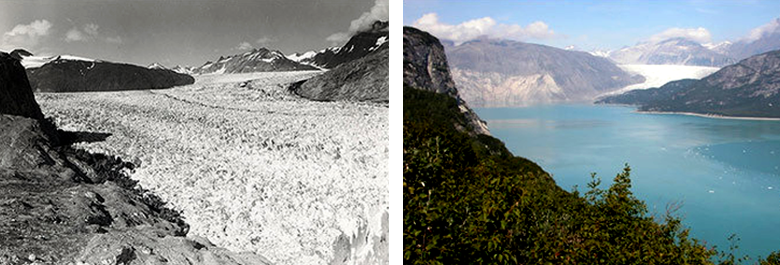
Ice Thinning
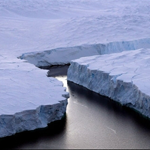 Global warming is causing the thinning of sea ice, the polar ice caps are shrinking and the hunting grounds of polar bears are melting under their very feet. That is the essence of the problem facing these magnificent creatures. A recent report on global warming by over 300 scientists predict that by the end of this century the artic ice cap could shrink by half, or even disappear totally. If this happens, it would cause the estimated population of 25,000 polar bears and countless other artic species to face extinction.
Global warming is causing the thinning of sea ice, the polar ice caps are shrinking and the hunting grounds of polar bears are melting under their very feet. That is the essence of the problem facing these magnificent creatures. A recent report on global warming by over 300 scientists predict that by the end of this century the artic ice cap could shrink by half, or even disappear totally. If this happens, it would cause the estimated population of 25,000 polar bears and countless other artic species to face extinction. Scientists have recently documented multiple deaths of polar bears in Alaska, where they more than likely drowned by being forced to swim long distances in the ocean in search for food. Prior to 2004, the spotting of a lone bear swimming in the ocean far from ice only happened about once every two years. In September of 2004, researchers counted 10 bears swimming as far as 60 miles offshore.
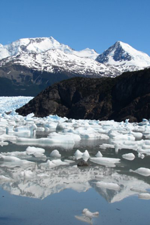
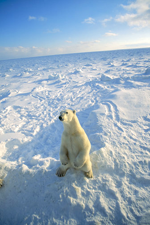
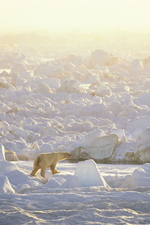
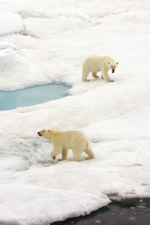
The Greenhouse Effect
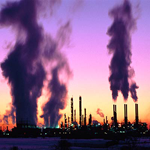 Our atmosphere is comprised by a dynamic mixture of gases that envelop the earth. Two gases, nitrogen and oxygen make up most of the atmosphere by volume. They are indeed important for maintaining life and driving a number of processes near the surface of the earth. Many of the so called "minor gases" play an equally important role in the earth system. The minor gases include those that have a significant impact on the heat budget and the availability of moisture across the earth. The atmosphere is not a homogeneous mass of gases, but has a layered structure as defined by vertical temperature changes.
Our atmosphere is comprised by a dynamic mixture of gases that envelop the earth. Two gases, nitrogen and oxygen make up most of the atmosphere by volume. They are indeed important for maintaining life and driving a number of processes near the surface of the earth. Many of the so called "minor gases" play an equally important role in the earth system. The minor gases include those that have a significant impact on the heat budget and the availability of moisture across the earth. The atmosphere is not a homogeneous mass of gases, but has a layered structure as defined by vertical temperature changes.
Following three consecutive years of record-setting growth, the global wind energy market is projected to continue expanding in 2008. China and the United States, which together account for roughly half of the world's greenhouse gas emissions, will record some of the fastest growth from this carbon-free energy source. In total, the world's current installed capacity of 94 GW will save about 122 million tons of CO2 emissions every year, a significant yet still insufficient figure in light of increasing climate change concerns.
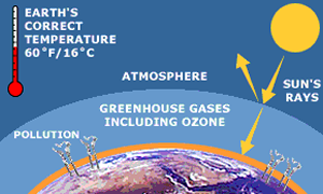
What are the greenhouse gases?
Greenhouse gases are made out of:
 Water Vapour
Water Vapour
 Carbon Dioxide
Carbon Dioxide
 Methane
Methane
 Nitrous Oxide
Nitrous Oxide
 Ozone
Ozone
 Chlorofluorocarbons (CFCs)
Chlorofluorocarbons (CFCs)
*They are all natural gases, but extra greenhouses gases can be made by humans from pollution.


